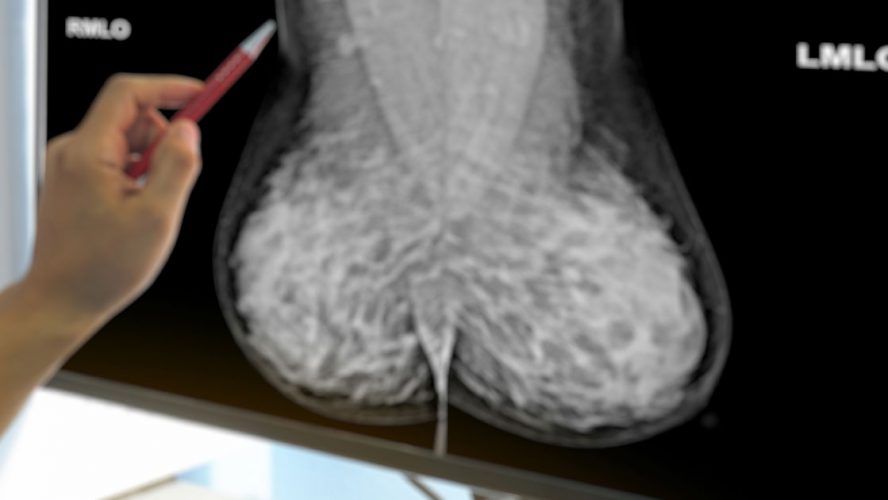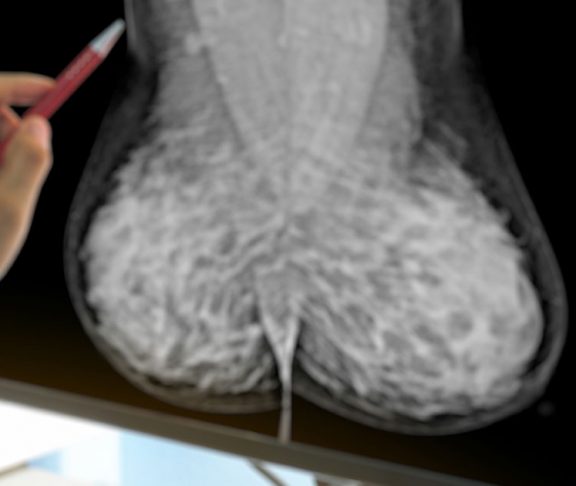
Jasmine Khorsandi
Founder, SonoBreasts
Half of mammograms don’t detect breast cancer in women who have dense breast tissue, but ultrasound imaging can detect tumors as small as 3 mm.
Dense breasts are identified by comparing the amount of fibrous and glandular breast tissue to fatty breast tissue. According to the Centers for Disease Control and Prevention, approximately half of women over 40 have dense breasts.
“Most women are informed they only need an annual mammogram to detect early cancer,”said ultrasound technician and breast health educator Jasmine Khorsandi, founder of SonoBreasts imaging center in Los Angeles. “Not only are they not aware of the latest technology for breast screening, they are not consulted about the type of breast tissue they have, which plays a large role in the ability to detect cancer with a mammogram.”
Dense breast tissue looks white on a mammogram, just like breast cancer, which makes the cancer hard to detect.
What sets it apart
SonoCine, a state-of-the-art ultrasound machine, can detect cancerous growths that mammograms can’t see on women with dense breast tissue. It captures images of the whole breast, including lymph nodes down to the lower margin of the breasts, and produces a Sonocine “Sound Movie” video.
The radiation- and pain-free technology scans lymph nodes all the way to the chest wall, helping provide a more accurate diagnosis. Since the technology can help diagnose breast cancer early, patients can get a headstart on treatment and potentially avoid invasive treatments, like chemotherapy and radiation. The ultrasound imaging can also detect cancer in patients with breast implants.“All women should have a Sonocine ultrasound scan every year because it can prevent harsh treatments by detecting cancer early, and it can also detect early calcification,” said Khorsandi, who has been using the ultrasound technology for eight years. “That way, the mass can simply be removed.”
The scans, which do not require a prescription, take 30 minutes. It’s a more comfortable experience than a mammogram since there’s no need to inject contrast agents or squeeze the breasts. It can also spare women from having the painful experience of multiple biopsies.
Khorsandi encourages doctors to educate patients about the type of breast tissue they have and their screening options.
“With the platform of SonoBreasts, I have not only been able to educate women on their breast health, but also save lives with this profound early detection method,” she said.

